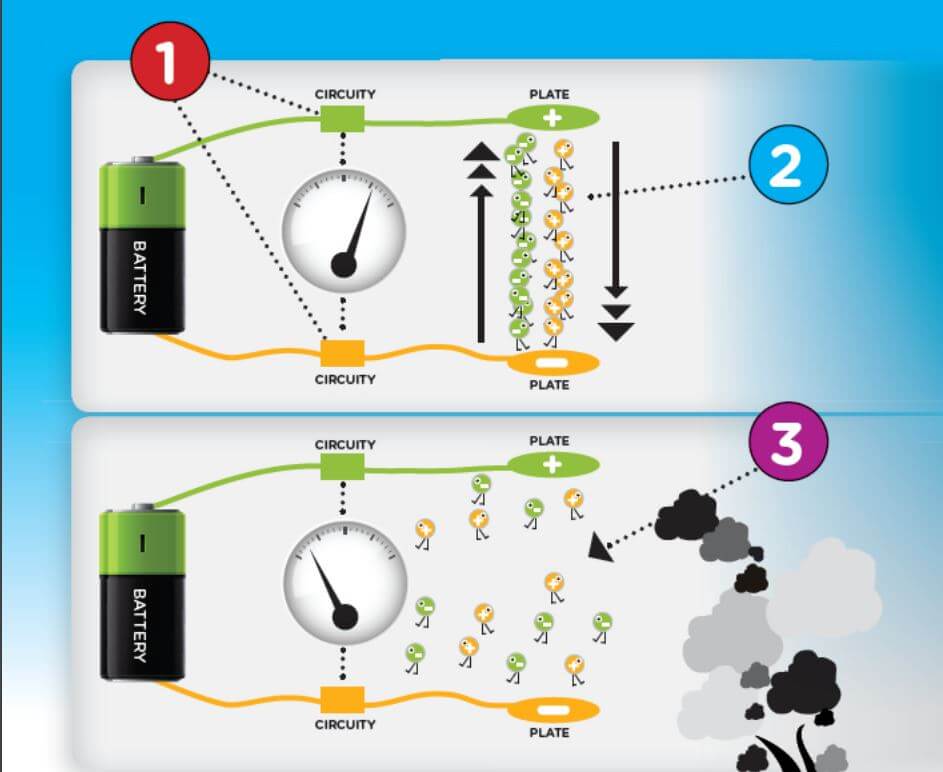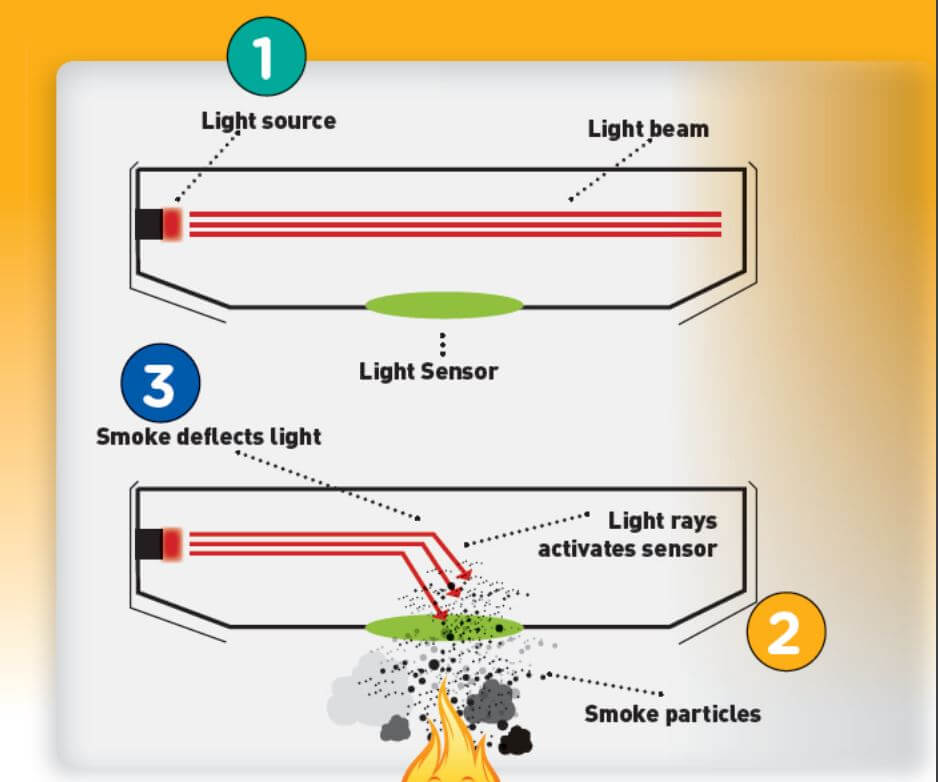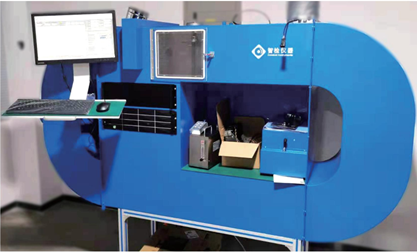The two most common smoke detection techniques are ionizing smoke detection and photoelectric smoke detection.
-
Ionic smoke alarm :
Smoke alarms are generally more responsive to burning fires.
How it works: An ionizing smoke alarm puts a small amount of radioactive material between two charged metal plates, ionizing the air and allowing electricity to flow between the plates. When smoke enters the ionization chamber, it disrupts the flow of ions, which reduces the current and triggers an alarm.

- Photoelectric smoke alarm
Usually more responsive to fires that start with a long smouldering period (called “smouldering fires”).
How it works: The photoelectric alarm aims the light source at the sensing chamber away from the sensor. Smoke enters the room and reflects light to light sensors; Trigger the alarm.

For each type of smoke alarm, the advantages it provides may be critical to life safety in certain fire situations. Home fatal fires, day or night, include a large number of smoldering fires and a large number of burning fires. You can’t predict the type of fire that might break out in your home, or when it will. Any smoke alarm technology, to be accepted, must have an acceptable performance for both types of fires in order to provide fire warnings at all times of the day or night, whether you’re asleep or awake.
For best protection, use both smoke alarm techniques
For best protection, it is recommended to use both ionization and photoelectric techniques in the home. In addition to separate ionization and photoelectric alarms, combined alarms containing both technologies in a single device are also provided.


